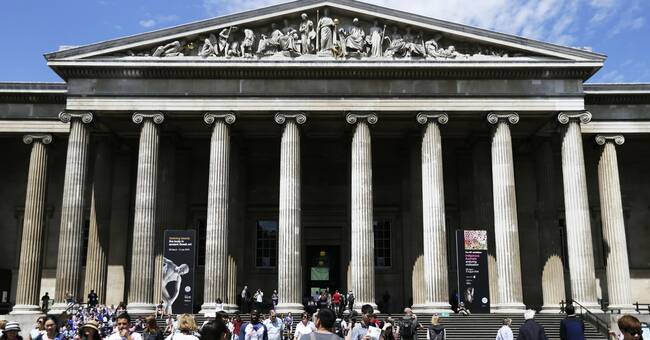The move of the terracotta bust of Sir Hans Sloane, who at his death donated his entire collection to what would later become the British Museum, from a pedestal to a cupboard is part of an ongoing effort to examine the London Institution's relationship to colonialism, says museum director Hartwig Fischer in a interview with the Telegraph.
- We have put him down from the pedestal - and nothing should be hidden. Healing takes place through knowledge, says Hartwig Fischer in the interview.
New signsOther objects in the ancient museum's collections, including those brought home to Britain by Captain James Cook during his voyages of discovery, will be provided with new signs declaring that they have been in the museum's possession through "colonial conquests and looting", according to the museum's management. .
The decision to examine Sloane's past was made after the large Black lives matter protests that shook Britain in the spring, when the museum was forced to close due to the corona pandemic.
- Sticking to the truth is absolutely necessary when we try to write about the complicated and sometimes very painful story we share, says Hartwig Fischer.
Colonial past is questionedBritain's colonial past has recently been increasingly questioned.
Among other things, a statue of slave trader Edward Colston in Bristol was overturned in a river by a crowd of protesters in June. Another statue of a slave owner - this time by Robert Milligan - was removed during protests away from its former location in front of the Museum of London Docklands.
The British Museum opens its doors again on August 27 after being closed in the spring due to the corona pandemic.

